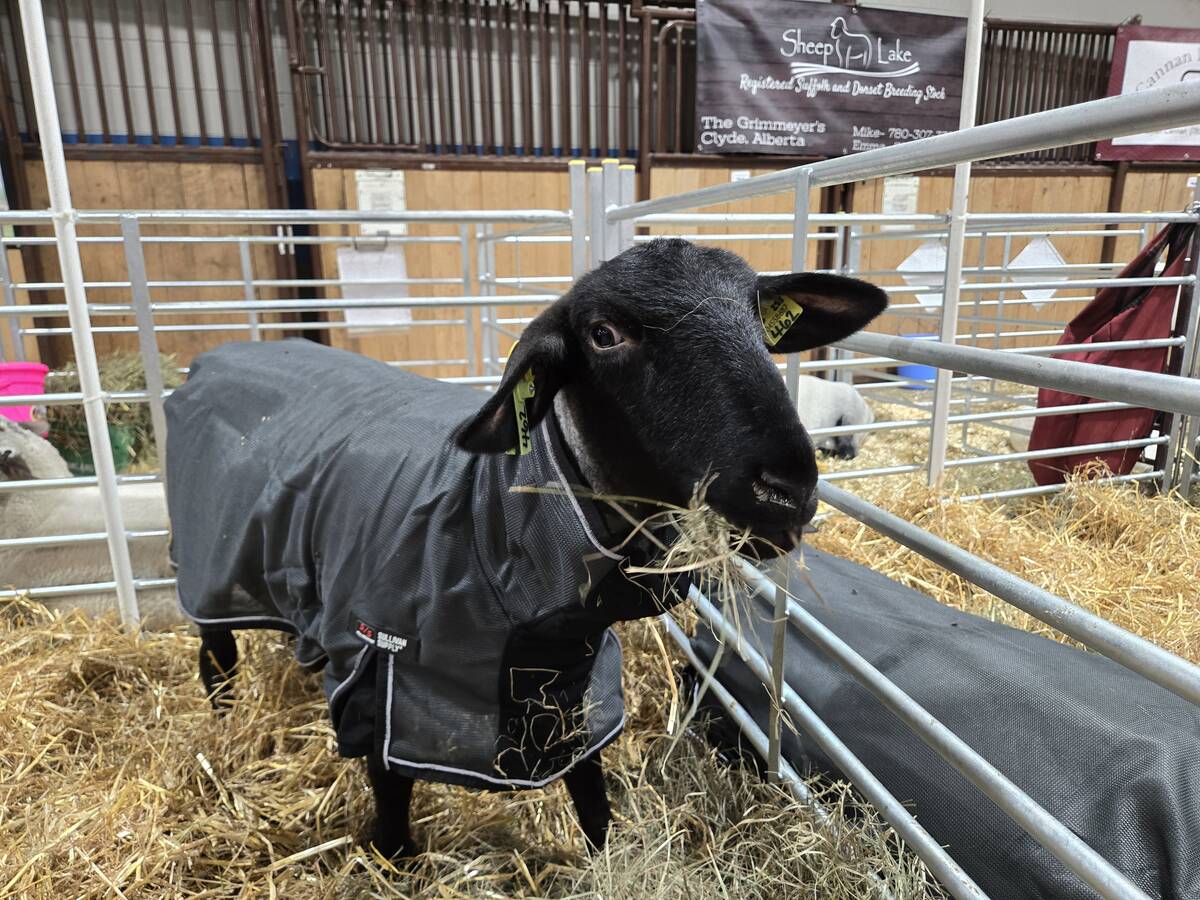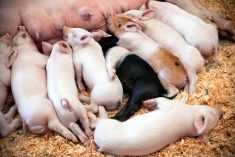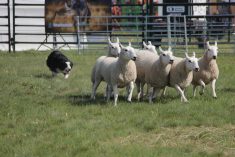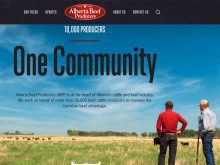Before rain drenched dry parts of Manitoba last weekend, many ranchers were wondering where the grass to feed their cattle was going to come from.
Trevor Atchison, who has practised rotational grazing since the early 1990s on his farm near Deleau, Man., said he has seen real benefits on his operation this spring, as cool, dry weather stunted early growth on pastures in the area.
The grass has been using most of its reserves to put down roots in an effort to reach the remaining soil moisture, he said, which doesn’t leave much for topside growth.
Read Also

Sheep sector navigates changes in traceability
The sheep sector is developing advanced traceability systems and addressing ongoing challenges in accessing veterinary drugs and treatments.
Although he doesn’t typically sell a lot of forage, Atchison said that his phone is ringing off the hook lately as ranchers who have run out of winter feed and haven’t got enough grass yet search for extra supplies.
“I’ve had lots and lots of calls from guys looking for hay. They’ll even tell you that they haven’t got any,” he said.
Good management pays off when the weather goes awry, Atchison said.
Some pastures in his operation that got grazed too hard in late July and August are showing the tell-tale signs this spring, with slower rates of regrowth.
Also, the spring calving grounds are looking rough, he added, but the pastures with stockpiled dead grass forage set aside last fall are in much better condition, with some new growth already appearing.
“The ones we rotate on are definitely looking better. We’ve got some out on grass already, and we’re about to put some more out here pretty quick,” he said.
Myna Cryderman practises intensive mob grazing with 100 cow-calf pairs and retained yearling grassers on a section of land divided into paddocks. These range in size from five to 45 acres south of Boissevain, Man., near the U.S. border.
Of the weekend downpour, she got just 1/10 of an inch. Although her ranch has seen little snow this past winter and no rain since last July, her cattle were put out on pasture a month ago.
“They’re going through pastures eating the little that’s growing, mostly it’s the residuals from last year,” she said. “They prefer that to hay.”
On heavy, fertile rolling hills in the Turtle Mountain area, Cryderman’s strategy is to avoid grazing the regrowth before it has had a chance to act as a solar collector. But the extreme dryness has forced her to leave the cattle in paddocks for up to a week, which is longer than she would like.
Mob grazing helps her cut feeding costs, she said, and has improved her pastures. Proof can be found by looking over the fence line at the nearby Prairie Farm Rehabilitation Administration pastures, she added.
“They have different goals in mind,” said Cryderman, adding that preventing prairie fires was one reason the PFRA was formed. “There’s no litter in there. When you walk in there, it’s just like walking on hard ground. Mine is like walking on a carpet.”
Jane Thornton, a Brandon-based forage specialist with Manitoba Agriculture, said that although May has been a tough month for ranchers, June is when the native prairie species generate the most forage.
Ample rainfall makes everyone look good, she added, but when it’s dry, the better managers benefit from more resilient pastures.
“The fields that were hit hard last fall because people were overstocked and it was a dry summer, are going to be in a much weaker and poor condition coming on this spring than the fields that were looked after a bit better,” Thornton said.
“Last year’s management will be affecting this year’s management regardless of moisture and heat units.”














